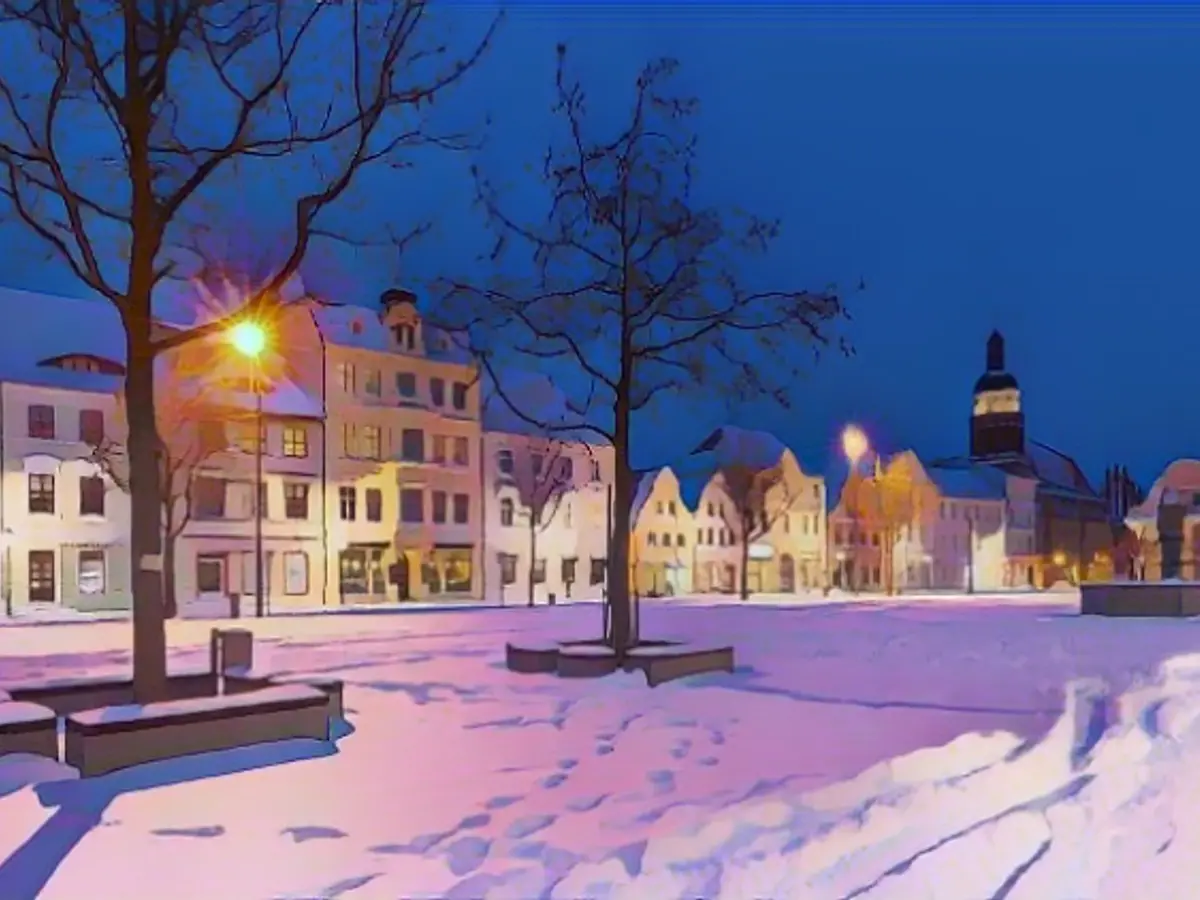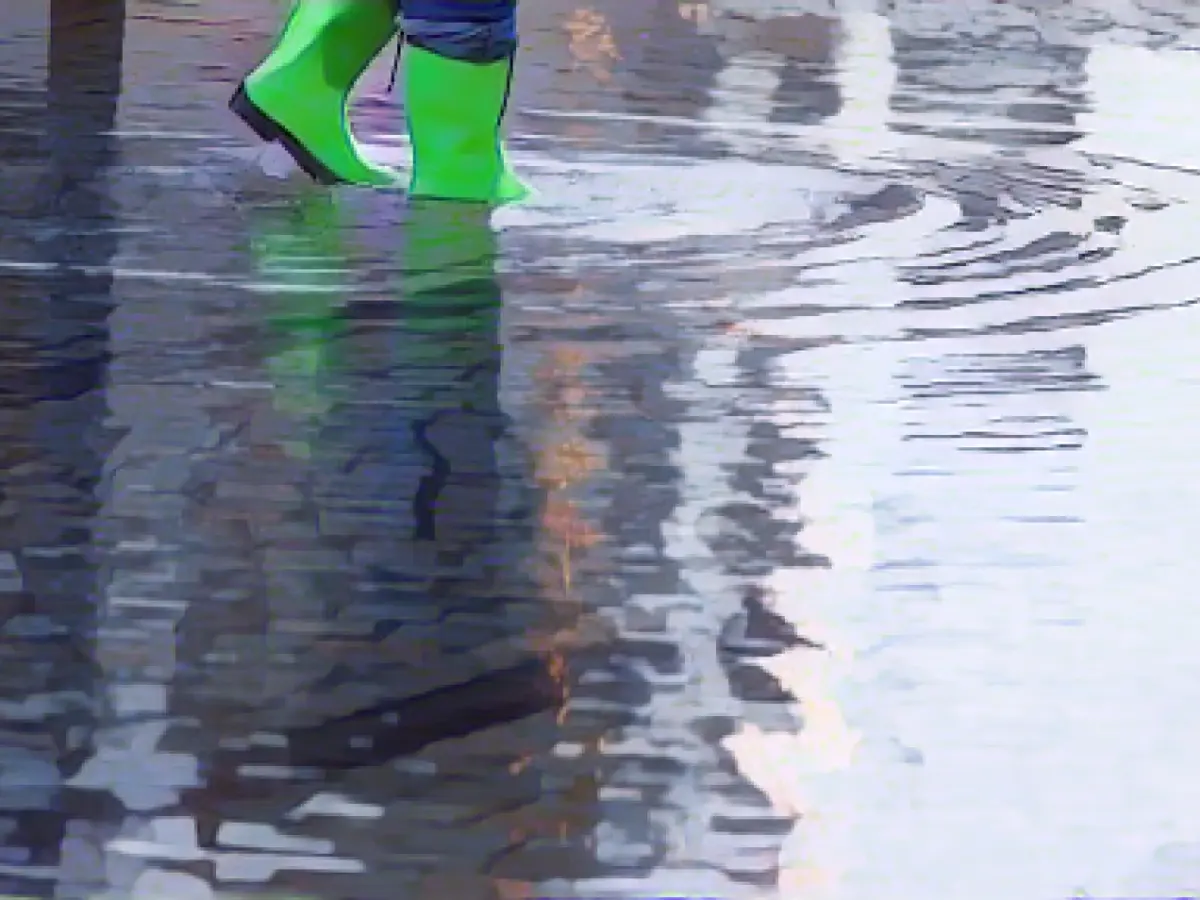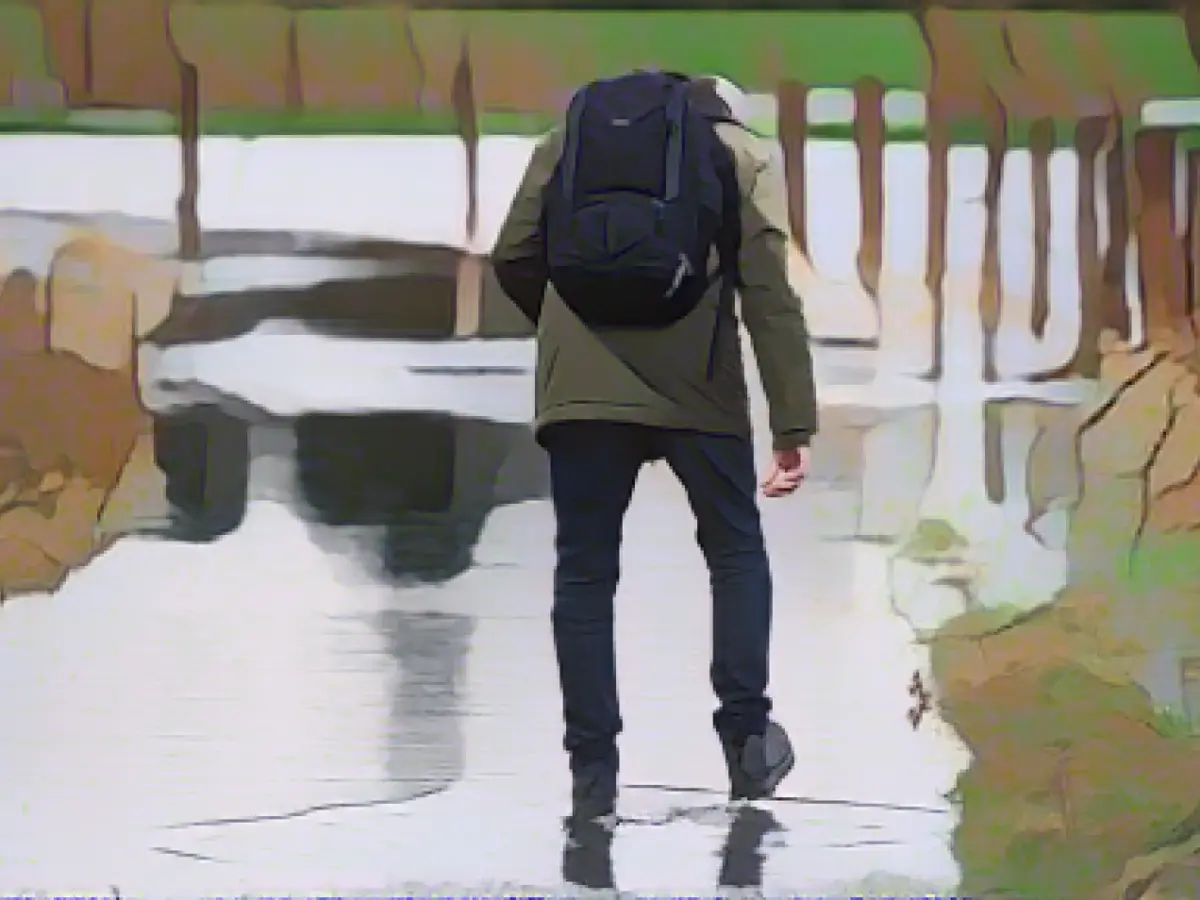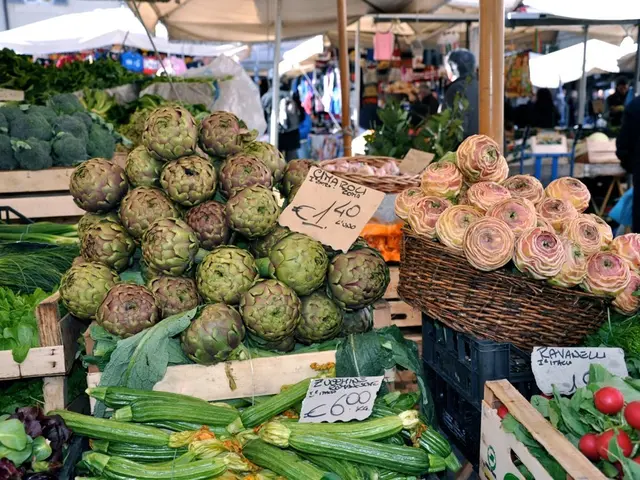Enjoying a white Christmas is becoming less common in Germany these days
Postcards and films are fond of depicting a snowy Christmas scene, but in reality, encounters between the two are uncommon for most Germans, as data analysis shows. Climate change is reducing the chances of a white Christmas year after year.
While snow-covered holidays may be more memorable, they're exceptions rather than the rule in Germany, as historical weather data from the German Weather Service (DWD) reveals. The likelihood of holiday snow has always been unevenly distributed across the country. Higher altitudes – like the low mountain ranges or near the Alps – often receive a reliable blanket of snow during winter, even around Christmas time. However, the chances drop significantly below 700 meters.
Station data clearly illustrates that snow for Christmas Eve has been scarce in various northern and western German regions. For example, on Norderney, a snow cover of at least 1 cm was recorded only seven times in the 72 years with available precipitation data. Bad-Ahrweiler in Rhineland-Palatinate has only seen snow on Christmas eight times since 1950.
Most regions of Germany have experienced a snowy Christmas around once every four to five years historically. However, compared to the past, areas with a comparatively high snow guarantee on Christmas Eve are shrinking. In the reference period from 1961 to 1990, around 120 stations saw snow at least every other Christmas. Over the last 30 years (1993-2022), this number has dropped to just 65 stations.
Winters have been unusually mild in many places during the last decade. More than half of the measuring stations have not had a single white Christmas since the snowy winter season of 2010/2011. Nevertheless, the prospects for a snowy Christmas this year are better than they have been in a while.
But what about outside the Christmas period?
Although a single year's data isn't enough to identify a trend, the DWD's findings for the entire year are consistent; snow days have become increasingly rare. The decrease is most noticeable at medium altitudes (up to 700 meters) and in the area (300 to 700 meters). In these places, the average number of snow days, on which a snow cover of at least 3 cm was measured, has dropped drastically by 50 or 65 percent per station and year.
In mountainous regions (above 700 meters), snow days have decreased by 30 percent, although this is less drastic. However, the lack of snowfall is likely to be felt more in these regions – not just by locals but also by tourists and those who rely on winter sports for income. On the other hand, disappointment might be limited in the lowlands and coast after all, as white Christmases are not a common occurrence there.
The methodology
The analysis is based on historical precipitation data in the German Weather Service's station network from 1950 to 2022. The key factor was the snow depth measured at each station on Christmas Eve. The probability of a white Christmas at each location was determined by the number of years in which a snow depth of at least 1 cm was recorded on Christmas Eve, relative to the total number of years for which a measured value was available. Stations with overly missing data (more than three years without data in the relevant reference periods of 1961-1990 and 1993-2022) were excluded from the analysis.
As postcards and films depict a romanticized view of a snowy Christmas, modern-day winters are showing a different story due to climate change. Ski regions, for instance, are increasingly struggling with a lack of snow, impacting both those who rely on winter sports for income and winter sports enthusiasts alike.
Source:
Climate change is shifting the likelihood of winter weather patterns, potentially reducing the chances of a white Christmas in Germany. This trend has been observed in various regions across the country, but the detailed study of this shift would require referencing specific climate studies or weather forecasts focusing on winter weather conditions in Germany.







